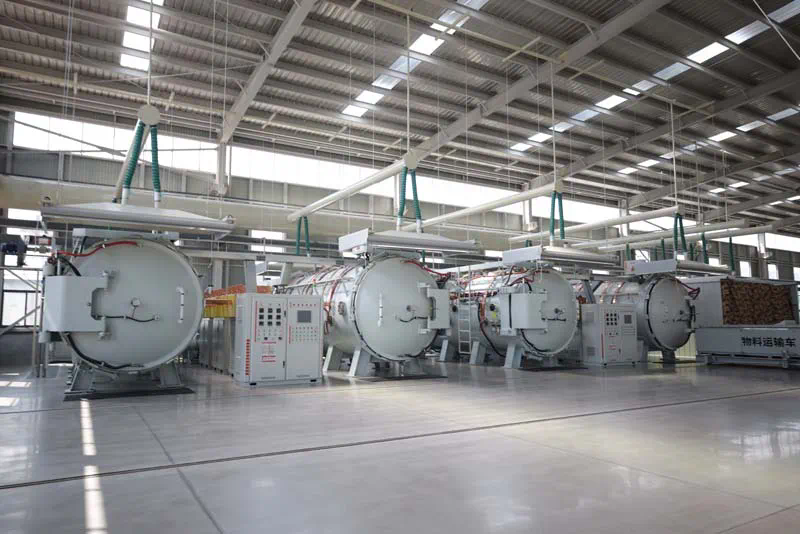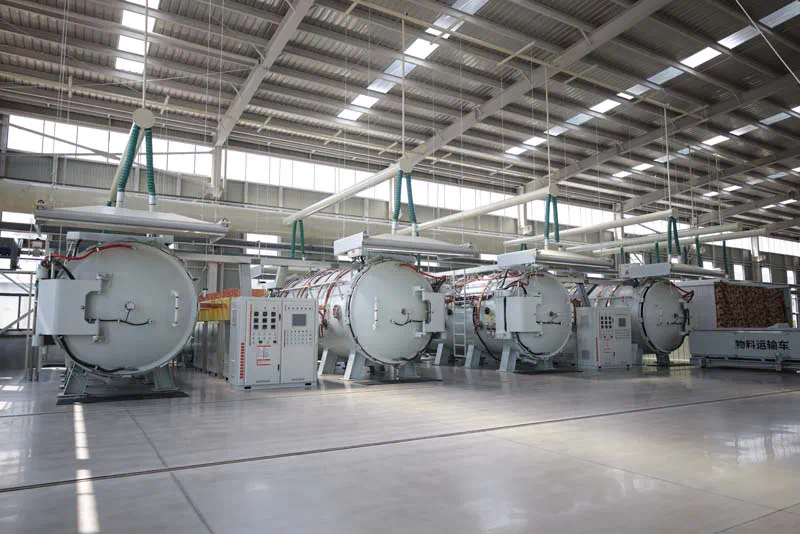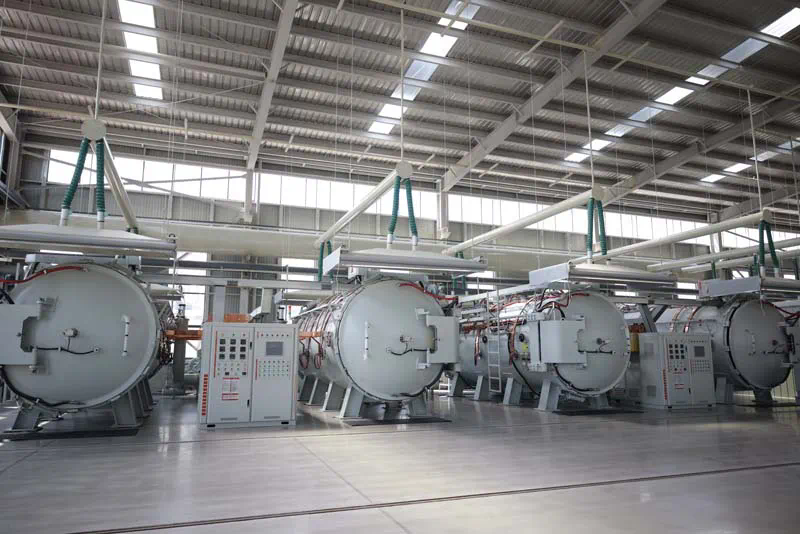Basic knowledge of power cables
Power cables are an essential component of any electrical system, as they serve the purpose of transmitting electrical energy from the source to the destination. They play a crucial role in ensuring the safe and efficient distribution of power, making them a fundamental aspect of modern infrastructure. In this article, we will explore the basic knowledge of power cables.
Firstly, it is important to understand the structure of a power cable. A typical power cable consists of three main components: conductors, insulation, and protective sheath. The conductors are usually made of copper or aluminum and carry the electrical current. The insulation material, such as PVC (polyvinyl chloride) or XLPE (cross-linked polyethylene), provides electrical insulation and protection against external influences. The protective sheath, often made of PVC or PE (polyethylene), safeguards the cable from mechanical damage, moisture, and environmental factors.
Power cables come in various types, depending on their application and voltage rating. Some common types include low voltage cables, medium voltage cables, and high voltage cables. Low voltage cables are typically used for residential and commercial applications, with voltage ratings up to 1kV. Medium voltage cables are used in industrial settings and power distribution networks, with voltage ratings ranging from 1kV to 35kV. High voltage cables are designed for long-distance transmission of electricity, with voltage ratings exceeding 35kV.
Different types of power cables also have varying current carrying capacities. It is essential to select the appropriate cable size based on the anticipated load and length of the cable run. Oversized cables can be wasteful and create unnecessary costs, while undersized cables may lead to overheating and power losses. Cable sizing calculations take into account factors such as voltage drop, cable temperature, and ambient conditions.
When installing power cables, proper cable laying techniques must be followed to ensure reliable and safe operation. This includes considerations for cable routing, bending radius, and separation from other cables. Underground cable installations utilize methods like direct burial or installation within conduits, while overhead installations involve cable suspension on poles or towers.
Furthermore, power cables are subject to various international standards and regulations to ensure their quality and performance. These standards dictate the manufacturing processes, material requirements, and testing procedures for power cables. Compliance with these standards is crucial to guarantee safety and reliability in electrical installations.
Regular maintenance and inspection of power cables are essential to identify potential issues and prevent failures. Insulation resistance tests, visual inspections, and thermographic surveys are some common techniques used to assess the condition of power cables. Any signs of damage, degradation, or overheating should be promptly addressed to avoid costly repairs or accidents.
In conclusion, power cables are a fundamental element of electrical systems. Understanding their structure, types, current carrying capacities, installation techniques, and maintenance requirements is essential for ensuring the safe and efficient distribution of electrical energy. By following industry standards and best practices, power cables can provide reliable power transmission while minimizing the risks associated with electrical installations.
.webp)



